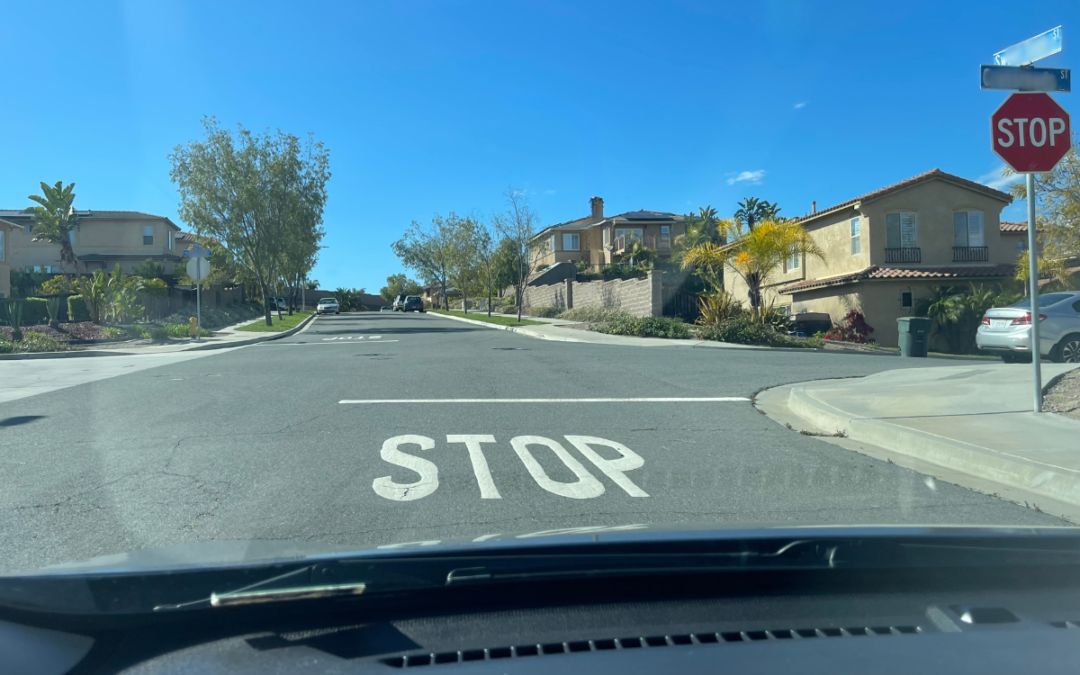Safe Stop Techniques
Driving is a privilege that comes with a significant responsibility to ensure not only your safety but also the safety of others on the road. One fundamental aspect of driving that often goes unnoticed, yet is crucial for road safety, is the technique of making safe stops. In this article, we delve into the art of stopping safely, particularly in residential areas, where the safety of pedestrians and the well-being of the community are paramount.
Understanding Limit Lines
Limit lines are those thick white or yellow lines painted on the road at intersections and crosswalks. They are not mere decorations on the asphalt; they serve a critical purpose. These lines signal where your vehicle must come to a halt in response to a stop sign or traffic signal. Adhering to these lines ensures clear visibility of pedestrians and oncoming traffic, making it a first and fundamental step in safe stopping techniques.
The Importance of Complete Stops
A complete stop is when your vehicle ceases all motion for at least 2-3 seconds. This action, simple in theory, is often overlooked, with many opting for the infamous ‘rolling stop.’ However, rolling through a stop sign is not only illegal but also significantly increases the risk of accidents. A full stop provides a crucial pause for drivers to assess their surroundings – looking out for pedestrians, bicycles, and other vehicles.
Navigating Past Limit Lines: Inching Up Safely
There are instances where, after making a complete stop, a driver needs to inch forward past the limit line to gain a better view of oncoming traffic or pedestrians. While this maneuver is allowed, it requires utmost caution. The key is to move forward slowly, ensuring not to endanger pedestrians crossing the road and not to obstruct traffic. This technique allows drivers to make informed decisions about when to proceed safely.
Stopping Behind Another Vehicle
Another vital aspect of safe stopping is knowing how to stop behind another vehicle. The recommended practice is to stop where you can see the bottom of the tires of the vehicle in front of you. This guideline ensures that you maintain a safe distance, providing you with enough room to maneuver around the vehicle if the need arises, especially in situations where reversing is not an option.
Practical Tips for Safe Stops
Let’s consolidate some practical tips to ensure that your stopping technique is both safe and effective:
-
- Anticipate Stops: Slow down as you approach areas with high pedestrian activity or known stop signs and signals.
- Avoid Distractions: Keep your full attention on the road. Distractions are a major cause of accidents, especially in residential areas.
- Practice Patience: Rushing through stops can lead to mistakes. Remember, taking a few extra seconds at a stop can significantly contribute to road safety.
Common Mistakes to Avoid
Many accidents occur due to simple mistakes that can easily be avoided with awareness and practice. Some of these include stopping beyond the limit line and making incomplete stops. Regular practice and being mindful of these guidelines can help in avoiding such pitfalls.
Safe Stop Techniques
Adhering to safe stopping techniques is a testament to a driver’s responsibility towards ensuring the safety of all road users. It’s about cultivating a culture of patience, respect, and caution. Remember, every stop is an opportunity to make our roads safer for everyone. Whether you’re a new driver or someone who’s been driving for years, revisiting these basics can make a significant difference.
Drive with Confidence!
Keep up with all the latest driving news. Expolre our blog packed with essential tips and expert advice on all things related to DRIVING!

